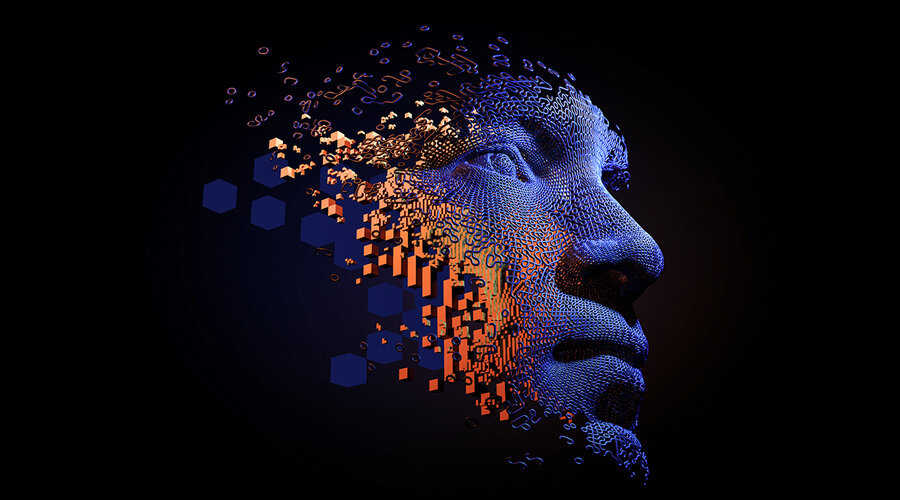Source – https://www.analyticsinsight.net/
Training an Artificial Intelligence model is similar to teaching a child
Artificial Intelligence has changed our lives for better. Be it in the form of robots, automated cars, or voice based applications like Alexa and Siri, we have seen it all. Without a doubt, AI is that one technology that makes the best use of human intelligence to take up tasks that earlier could only be performed by humans. Machines now stand the potential to learn and put the knowledge gained in the best possible use. All the human-like tasks are now performed using AI.
There are several aspects to Artificial Intelligence and so are the fields within this splendid technology. Some of them that have successfully garnered attention and appreciation equally from every corner of the world are natural language processing (NLP), computer vision, and deep learning. Machine learning is that sub field of deep learning that mainly revolves around analysing data and making predictions out of the analysed data. Needless to say, all this relies heavily on human supervision.
SMU Assistant Professor of Information Systems, Sun Qianru, talks about how training an Artificial Intelligence model has so much in similarity to that of how parents teach their child to identify objects.
AI and its complexity
Considering the complexity that Artificial I is associated with, Professor Sun’s research mainly talks about –
• Meta learning
• Semi-supervised learning
• Deep convolutional neural networks
• Incremental learning
Well, not just that. The research also revolves around the application of all of these in recognizing images and videos.
The research, “Fast-Adapted Neural Networks (FANN) for Advanced AI Systems” is currently in its early stage. The research revolves around computer vision. This aspect of computer vision employs algorithms that rely on CNNs (Convolutional neural networks). The areas under scrutiny are image recognition, image processing, etc. All of this work is funded by the Agency for Science, Technology and Research (A*STAR).
Building the reasoning level of model adaptation based on statistical-level knowledge learning is the hypothesis of FANN. Here’s everything that the research talks about –
• Knowing the fact as to how complex AI is, Sun’s research talks about how critical it is to train AI model that is in line with the current trends in the field.
• When a model is trained to yield accurate recognition results, the amount of data that goes in is immense. Sun cites an example of face recognition to support this. She argues that if there’s just one face available for the system to recognize, then how will it be possible for it to differentiate that one face from the rest? Only when adequate amount of data comes into play, only when other faces too are employed for face recognition should the model be successful in distinguishing. To learn the differences, the model should have huge data that it can rely on.
• All said and noted, the fact that machine learning models stand the potential to identify the global features cannot be overlooked. These models encode the data available that help in producing desired identification results. The models are successful in recognizing from images, text or sound. All of these employ deep neural network architectures that contain many layers.
• Sun’s research takes into account two main aspects. One is where some machine learning models train themselves on a labelled data set. The other being how the best performing AI models are all based on deep learning. The research addresses the point how models are built to determine the data followed by classifying it.
• The professor talks about how some models get updated when the prediction made turns out to be wrong.
• There’s yet another project that Sun is working on. It is a food related application for the Health Promotion Board based out of Singapore. The main idea behind this app is to enable the users have a fair knowledge about the nutritional values of the food that they consume. The users can make use of this information to lead a healthy lifestyle. All that the users have to do is take pictures of the food they’re consuming and that’s it. All the relevant information is out there – on their smartphones.
• However, this is where the complexity began. While training a model, her team had introduced a limited set of categories into it. But, with different photos being clicked, the need of expanding the categories came into play. Not just this, the category list was required to be updated and modified in the Application Programming Interface (API) on a regular basis.
• The rich diversity that the place brings in posed a challenge for the team. With a different place, comes in a different culture. Hence, the team needs to pay extra attention to train their models by employing effective learning algorithms.
• All this calls for not only diverse data collection but also on developing different adaptation learning algorithms. The complexity is for sure in existence and the team plans to deal with this by making use of a small data set.
This research by Sun and her team aims to achieve high robustness and computational efficiency, especially in the image recognition aspect. The research team is confident the outcomes of the research will have tons of benefits to offer. The key ones being great improvement in the yield rate and reduction in the manufacturing costs. All this would play a pivotal role when the fast-adapted inspection devices undergoes the process of installation, fabrication, and testing.
